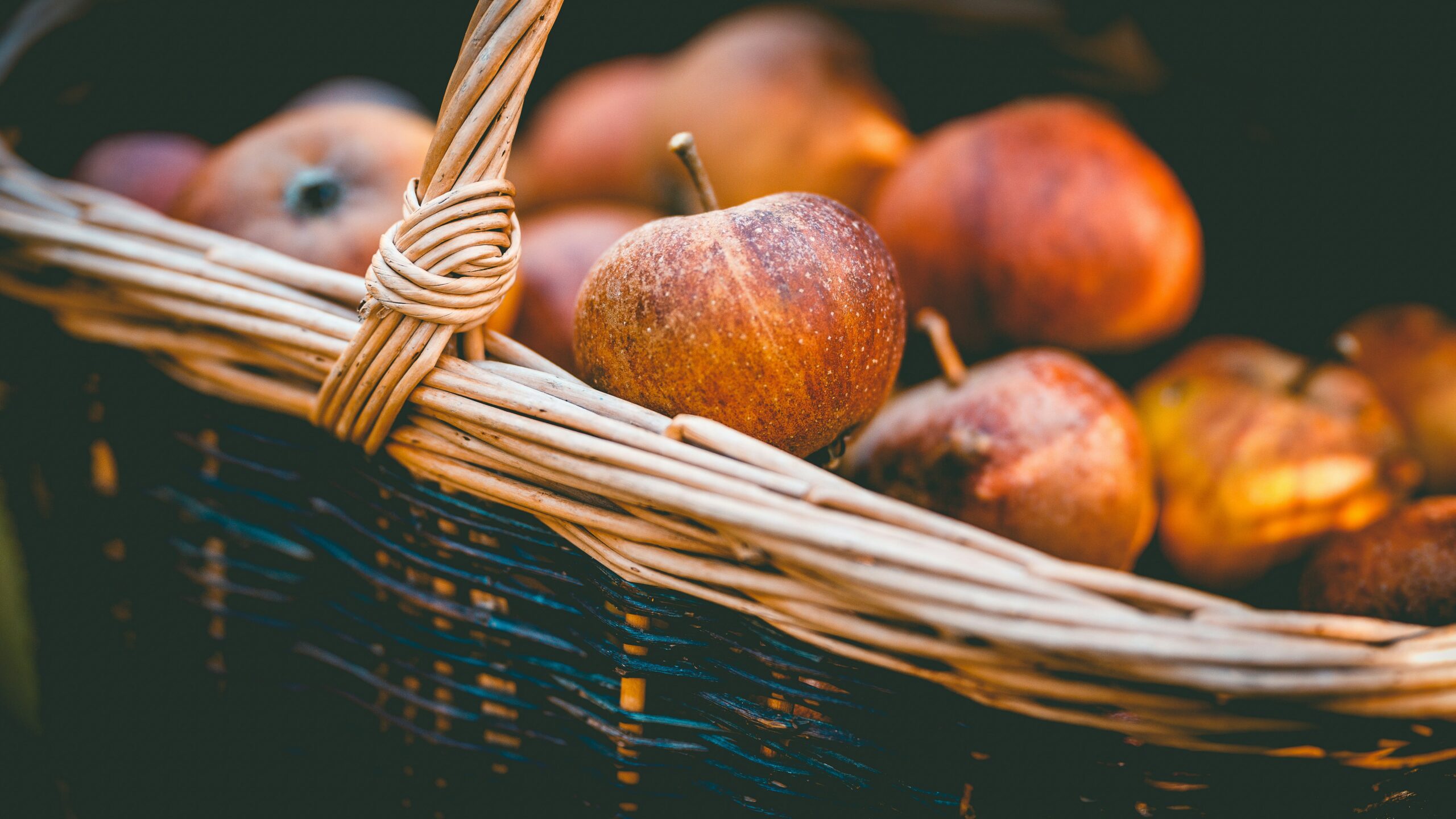
On National Apple Day (21 October) this year, researchers at the University of Reading will be preparing to help save hundreds of rare apple varieties from potentially being lost. Dr Matt Ordidge reflects on the latest developments in the University’s curation of the UK National Fruit Collection (NFC), with renewed funding to 2029.
Since 2008, the University has been responsible for the scientific curation of the National Fruit Collection. Owned by the UK Government through the Department of Environment, Food & Rural Affairs (Defra), the NFC is one of the largest, and most respected collections of fruit cultivars in the world. The Collection, which was established in 1905, contains approximately 2,000 exemplars of apple, including a range of both ‘heritage’ and local cultivars as well as material from international breeding programmes. One of the goals of the collection is to prevent rare apple types from being lost due to factors such as disease or climate change.
Citizen science by apple enthusiasts
A recent extension to the Scientific Curation and Maintenance project (funded by Defra from 2024-29) will add a further 300 varieties to the apple collection. These will in part be in replacement for any duplicates that have been identified through genetic analysis, but will also be in response to the findings of a hugely successful ‘citizen science’ approach led by a range of local orchard groups through FruitID.com with the support of the University.
Research associated with the initial findings of the ’FruitID DNA Scheme’ were described in an earlier blog post but work has since continued. The University is currently preparing to host the ninth meeting of the Register of Local Cultivars (RLC) committee in November. The objective of the committee, supported through the work of FruitID.com and the UK community groups, is to form a consensus among the expert community on the naming of apples (and pears) that have been identified through the DNA fingerprinting scheme.
New additions to the Collection
The latest developments of the Curation project will see this community effort beginning to directly impact upon the collection’s content. It will also include material held by some of the specialist UK nurseries, to add some of the most valued UK local cultivars to its holdings.
As an example, an initial batch of material originally identified by Mike Porter, (the late) John Savage, Tom Adams, Ainsleigh Rice and colleagues at the Marcher Apple Network in the Welsh Marches, was grafted at the start of the year. This includes a range of local finds (all of which have been genetically fingerprinted and assessed through the RLC scheme), some of which are historically poorly documented, but others of which are candidates for ‘lost’ apples that were documented in classic works like the Herefordshire Pomona, a 19th century catalogue of apples and pears.(1885). Here are 3 of those candidates:
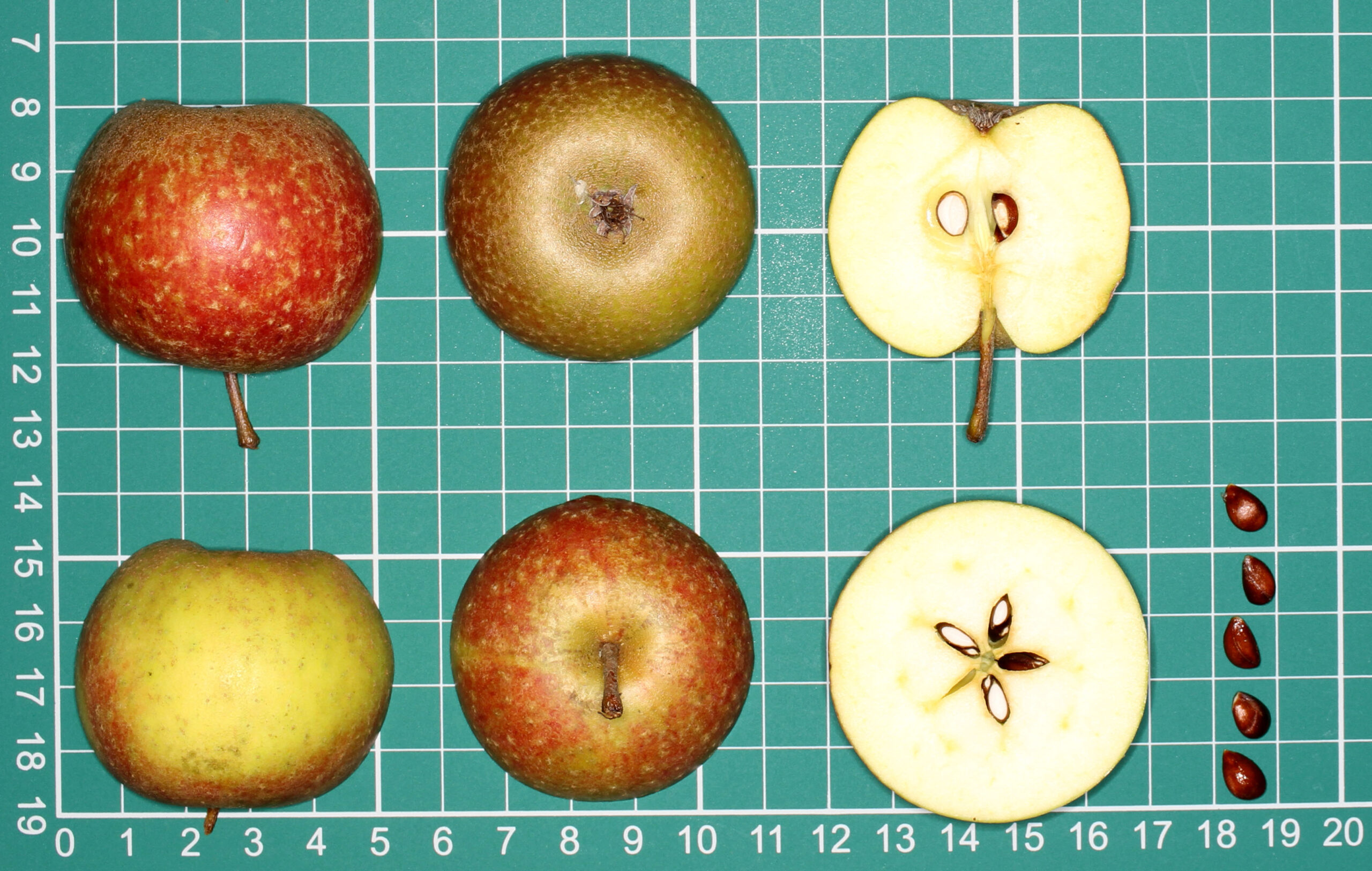
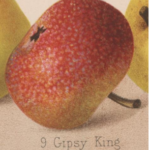
Gipsy King, for example, is believed to originate in Shropshire and dates to before 1876. The tree in question was more recently found by the Marcher Apple Network as a single tree in an orchard believed to have been planted before 1930. It was accepted in the first RLC committee meeting (hosted by the University in 2018) and bears a striking resemblance to the original watercolour
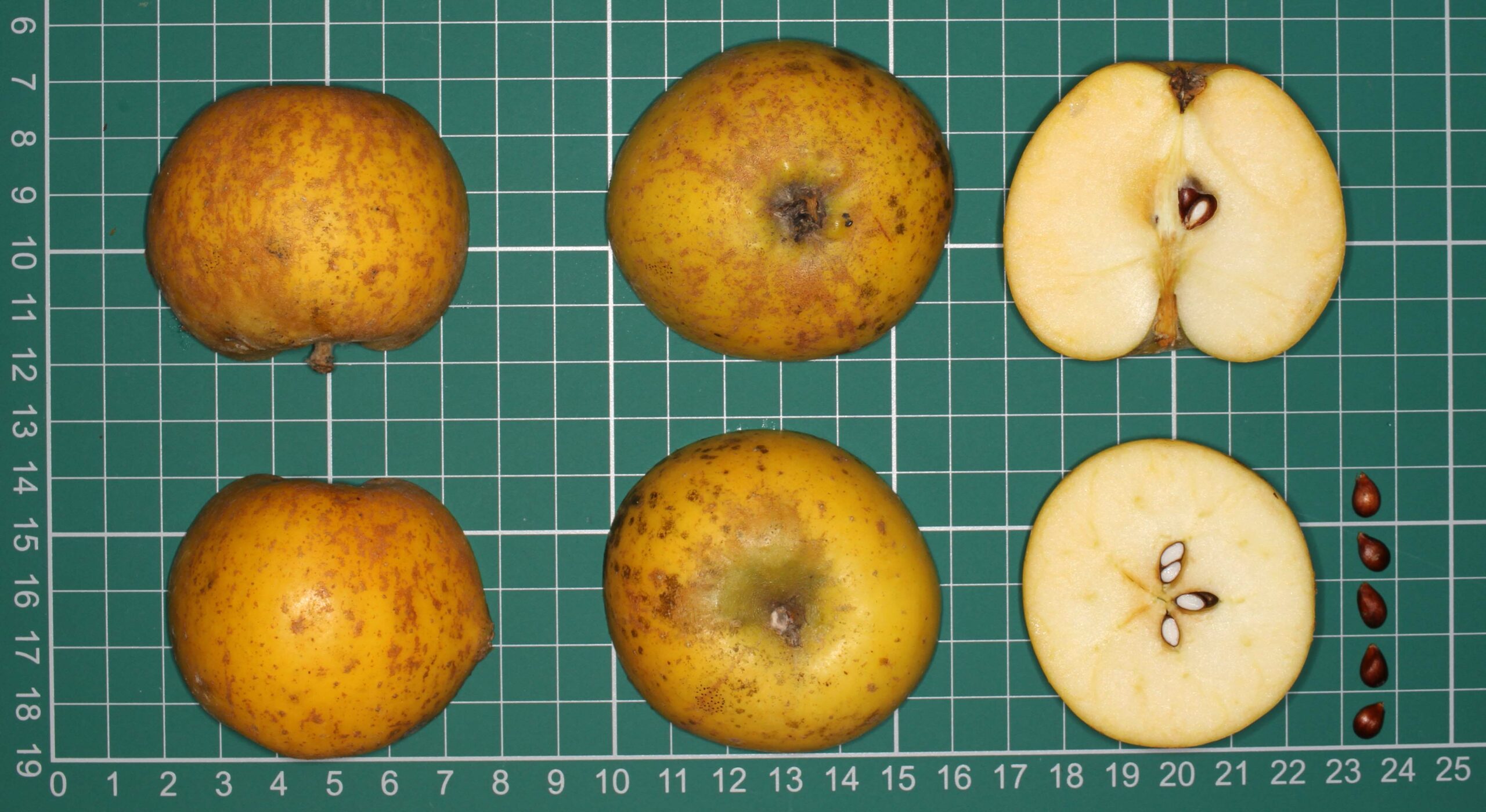
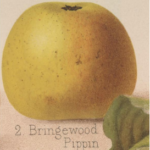
Bringewood Pippin is believed to originate in Herefordshire. It was found by MAN members as a single old tree in a Shropshire orchard, having previously been considered lost. As a cultivar, it dates to around 1800 and was raised by Thomas Andrew Knight (later, President of the Horticultural Society of London [RHS]). The similarity to the watercolour is striking.
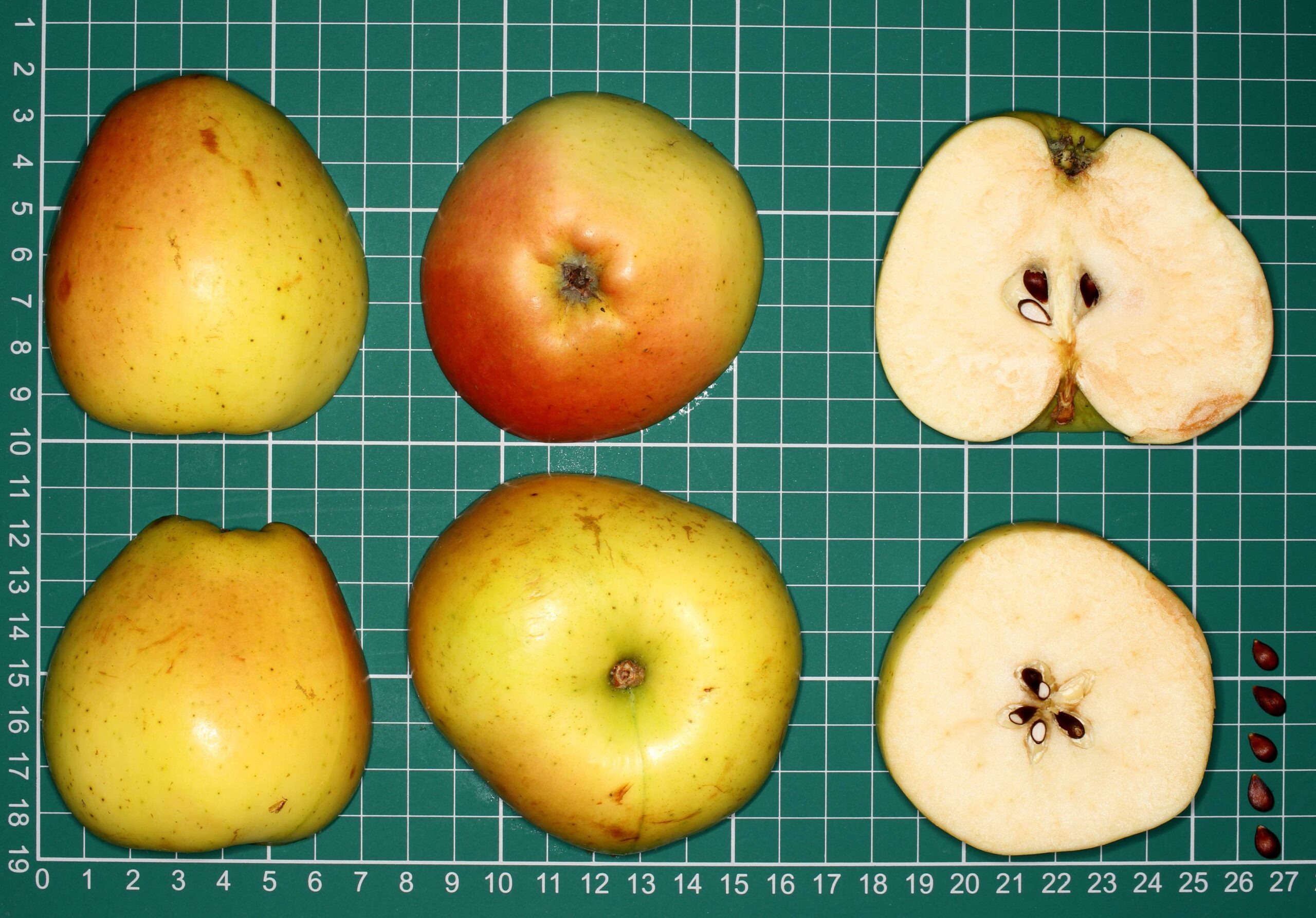
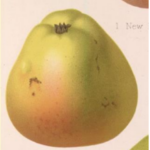
Spring Grove Codlin is another apple raised by Knight, introduced in 1810. It was found by MAN as a very old tree at Elton Hall where Knight lived until 1809. And again, the resemblance to the watercolours from 1885 is striking, along with the place of provenance. In all cases, these trees have been confirmed to be otherwise unique by DNA fingerprinting. In this latter case, it is thought that the National Fruit Collection held an accession, although this was potentially lost through a propagation error sometime in the mid-twentieth century.
A day to celebrate one of Britain’s most beloved fruits
These new developments effectively complete the process of ‘saving’ these valuable old cultivars. Their inclusion in the National Fruit Collection pays testament to the huge amount of work carried out by the (largely volunteer) members of local groups such as MAN in searching out, identifying and protecting lost cultivars and the more recent efforts of the University to support their identification through DNA fingerprinting. Apple Day is a time to commemorate not only the humble apple, but also the diligent work of scientists and enthusiasts alike to save traditional varieties from extinction.
Dr Matt Ordidge is a post-doctoral Research Fellow in the Department of Crop Science, and Scientific Curator at the National Fruit Collection.
